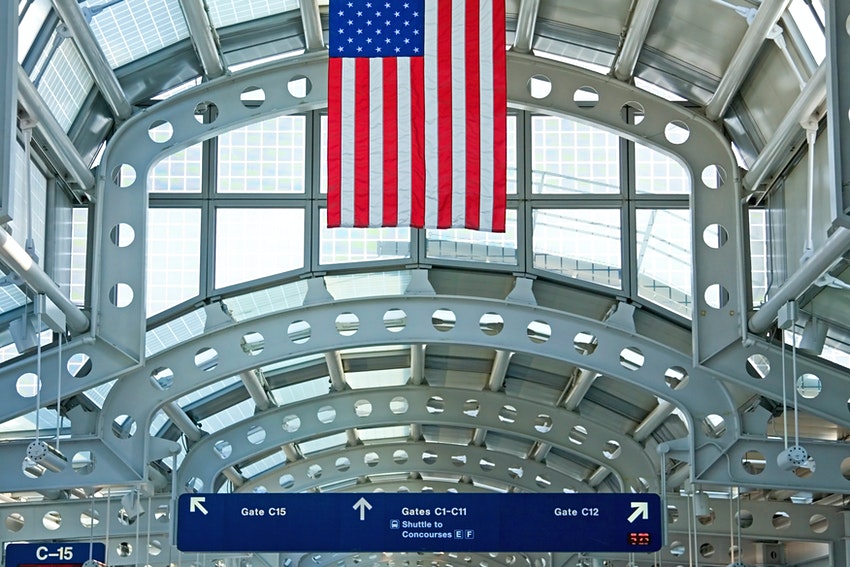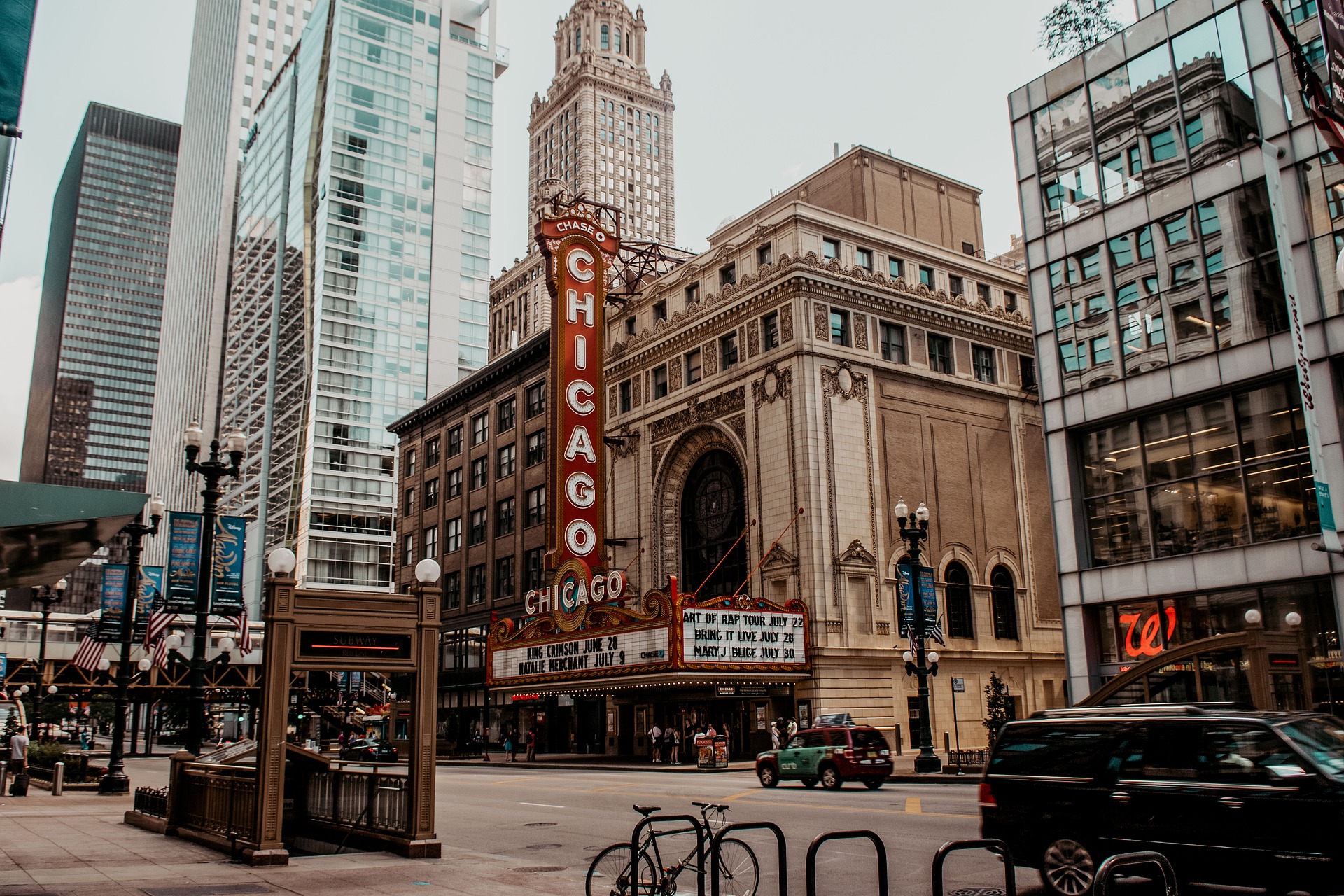The United States has generally been closed to international tourism since March 2020, and while much of the world has welcomed American travelers this summer, it is unlikely that the U.S. government is ready to fully open its borders to foreign visitors without any important purpose. Here’s what we know at the moment.
On Monday, the White House reaffirmed that current restrictions on travel to the United States will remain in place, citing the high-performance version of COVID-19 Delta as a reason to maintain a cautious approach to border controls.
“With the Delta option, we will maintain the existing travel restrictions for now,” White House spokeswoman Jen Jennifer Psaki said Monday. She added: “Because of the Delta options, cases are growing here, at home, especially among the unvaccinated, and it looks like they are likely to continue in the coming weeks.”
“There is nothing uncertain,” said Jennifer Psaki, but the White House did not say when the current travel ban would be lifted. However, it was clarified that any decision to resume international travel would be made by health experts.

European countries had hoped that the United States would reach a reciprocal travel agreement after the EU relaxed its own restrictions on the United States in June. The EU has added the United States to its “green list” and allowed American tourists to enter, regardless of their vaccination status. However, in some countries, including Italy, Americans must be fully vaccinated before traveling there.
Britain followed suit when the government agreed to open its borders to American tourists in August, provided they were fully vaccinated and could submit two negative PCR tests for COVID-19; one before departure and the other on the second day after arrival. The State Department, however, advises American travelers not to travel to the UK, Spain, Cyprus or Portugal and to reconsider travel to other parts of Europe.
Canada is also preparing to lift its restrictions on visitors from the United States in August, but is likely to remain a one-way system as the US Department of Homeland Security continues to close its land borders with Canada and Mexico until at least August 21.
And although some governments have introduced vaccine certificates to facilitate safe travel, the Biden administration has said the United States will not create a similar national structure for vaccine certificates for travel.

What do the current travel restrictions include?
Most non-US citizens and permanent residents who have been in the UK, 26 Schengen countries in Europe or Ireland, China, India, South Africa, Iran and Brazil are currently banned in the United States. There are a few exceptions to this ban for “important trips,” including close relatives of U.S. citizens, as well as diplomats, people who travel to the U.S. to help contain the virus, and some visa holders, but mostly travel from any of these regions is not allowed.
The United States is also closed to its northern and southern neighbors. The closure of the land borders between the United States, Canada and Mexico was extended until August 21, and although air travel is allowed, the ban on minor travel remains in force.
There are also some additional public health measures for travel. Currently, all airline passengers traveling to the United States aged two years and older must either take a negative COVID-19 test within 72 hours of departure, even if they are fully vaccinated, or provide an official health certificate. I, who confirms that they have recovered from COVID-19 in the last three months.
The Centers for Disease Control (CDC) recommends that all unvaccinated newcomers be quarantined for at least seven days after arrival and tested for COVID-19 three to five days after arrival. Fully vaccinated travelers with an FDA or WHO-approved vaccine should not be quarantined, but are also encouraged to be tested for COVID-19 within three to five days of arrival.
If you are traveling in the United States, keep in mind that some states have their own requirements for quarantine and masks, not to mention that the CDC has updated its mask guide to recommend that fully vaccinated people wear masks in “public places” with with the words “significant and high gear” – so always check the latest tips before the trip.

